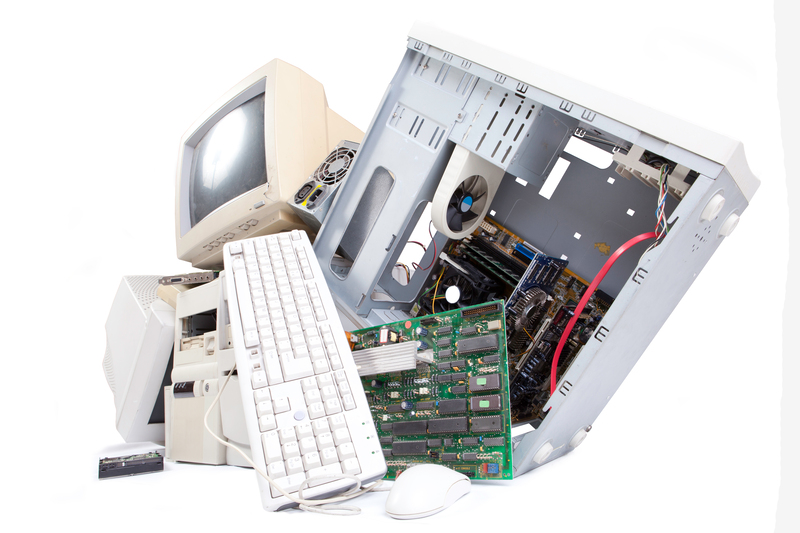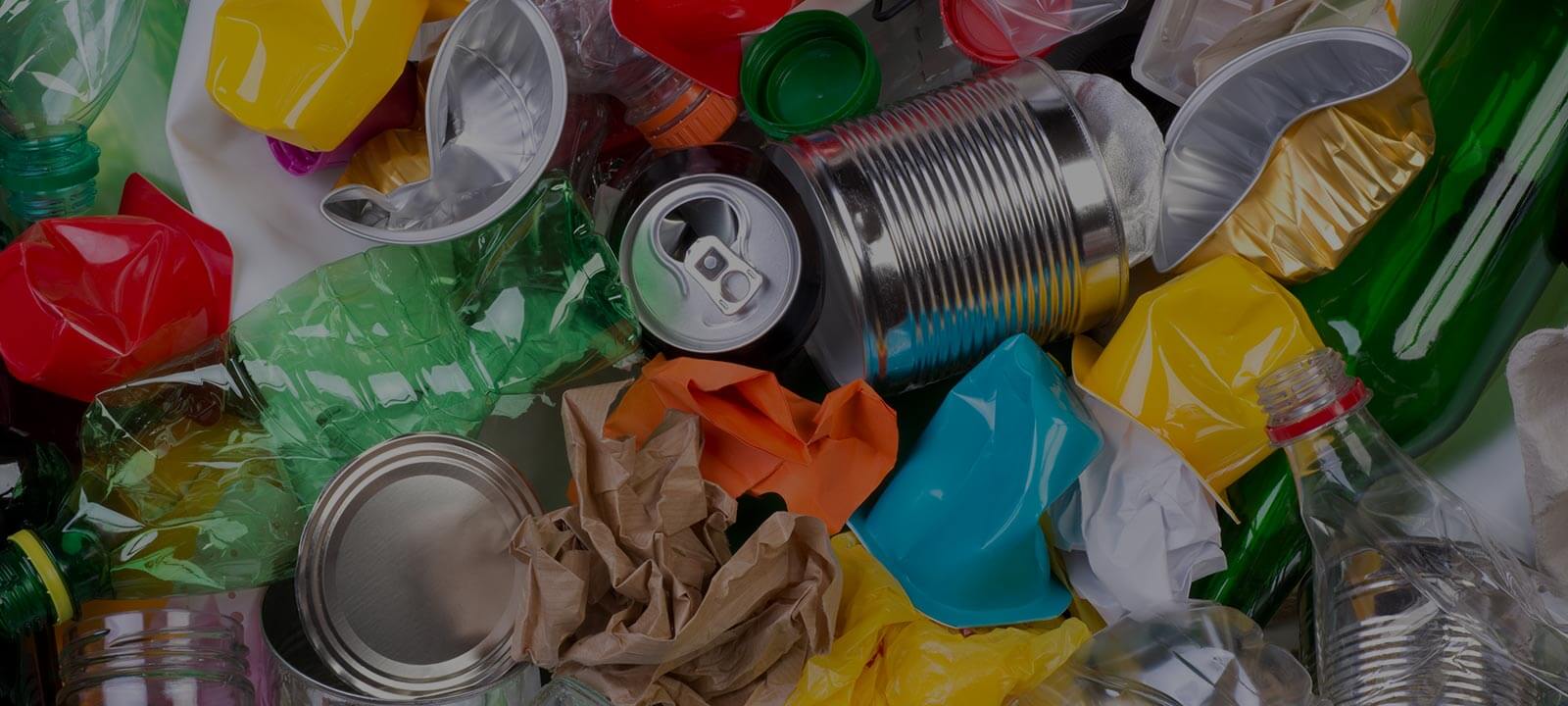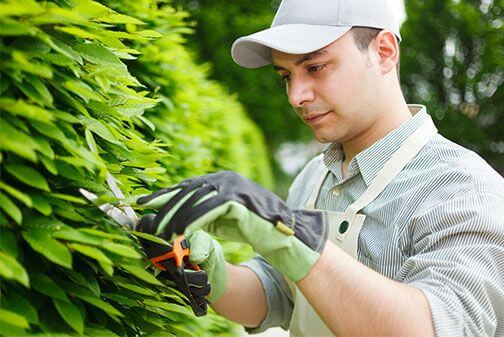Alternatives to Common Plastic Items
Posted on 26/10/2025
Alternatives to Common Plastic Items
Plastics have become an integral part of our daily lives, but their impact on the environment is undeniable. From the mountains of plastic waste clogging landfills to the microplastics infiltrating our oceans, the need for sustainable alternatives is pressing. Thankfully, a range of eco-friendly substitutes is emerging as viable replacements for common plastic items. This article explores these alternatives and examines the pros and cons of each, while also providing actionable tips and key takeaways.
Sustainable Alternatives for Plastic Bottles
Plastic water bottles contribute significantly to pollution. Switching to reusable alternatives can reduce your environmental footprint.
- Stainless Steel Bottles: These are durable, can be kept for years, and usually come with insulation to maintain beverage temperature.
- Glass Bottles: Unlike plastic, glass does not leach chemicals into your beverage, and is fully recyclable.
- Bamboo Bottles: While relatively new, bamboo is a rapidly renewable resource and can make an excellent water bottle material.

Eco-friendly Replacements for Plastic Bags
Plastic bags are notorious for their environmental impact. Consider these alternatives:
- Cloth Bags: Made from materials like cotton, jute, or hemp, cloth bags are reusable and washable.
- Biodegradable Bags: These bags are made from plant-based materials like cornstarch and break down more quickly in the environment.
- Mesh Bags: Perfect for grocery shopping, these bags are lightweight and reusable.
Alternative Options for Plastic Cutlery
Disposable plastic cutlery is often used once and discarded. Opt for these sustainable choices instead:
- Bamboo Cutlery: Bamboo grows quickly and is biodegradable. It's also lightweight and durable.
- Stainless Steel Cutlery: While heavier, stainless steel cutlery can be reused indefinitely.
- Edible Cutlery: Made from grains and safe to eat, this innovative option dissolves if not consumed, reducing waste.
Non-plastic Containers and Food Wraps
Replace plastic containers and wraps in your kitchen with these alternatives:
- Glass Containers: These are microwave and dishwasher safe, and they do not absorb stains or odors.
- Silicone Containers: Food-grade silicone is flexible, durable, and can withstand high temperatures.
- Beeswax Wraps: These wraps are reusable and biodegradable, perfect for covering bowls or wrapping food.
Pros and Cons of Alternatives
Each alternative has its benefits and drawbacks, which can vary based on individual needs and circumstances.
Pros:
- Reducing plastic waste: Eco-friendly alternatives help minimize the environmental impact of plastic waste.
- Health benefits: Alternatives like glass and stainless steel do not leach harmful chemicals into food or drinks.
- Sustainability: Many alternatives are made from renewable resources and are biodegradable.
Cons:
- Cost: Initial costs for alternatives may be higher than disposable plastics.
- Convenience: Some alternatives are less convenient to carry or use compared to lightweight plastics.
- Availability: Depending on your location, finding certain alternatives may be challenging.
Tips for Making the Switch
- Start Small: Begin by replacing a few items at a time, such as switching to a reusable water bottle or cloth bags for shopping.
- Do Your Research: Look for products that are genuinely sustainable and consider their entire lifecycle.
- Encourage Others: Spread the word about the benefits of plastic alternatives and gift them to friends and family.
- Support Local: Purchase eco-friendly products from local businesses to reduce carbon footprints associated with shipping.

Takeaways
Switching to alternatives for common plastic items can significantly reduce environmental impact. While there are pros and cons to each alternative, making thoughtful choices can lead to a more sustainable lifestyle. Be mindful of the materials you choose, start small, and encourage others to join in the effort to reduce plastic waste.
Conclusion
The growing awareness of the environmental hazards posed by plastic has spurred innovation in creating sustainable alternatives. Although transitioning to these alternatives may come with its set of challenges, the long-term benefits far outweigh the initial inconveniences. With a bit of effort, everyone can contribute to a cleaner, greener planet.
Switching to sustainable alternatives is a critical step in combating plastic pollution. Making these choices consciously and encouraging others to do the same will pave the way for a more sustainable future.






